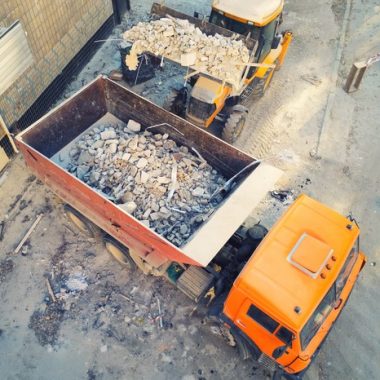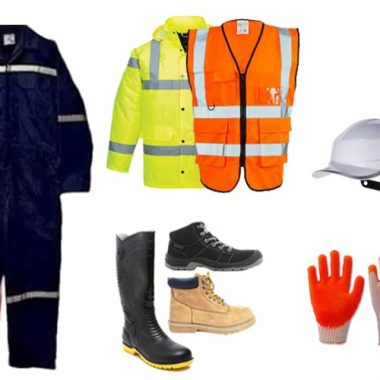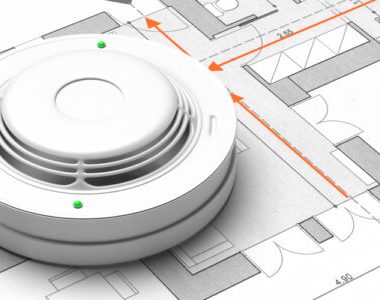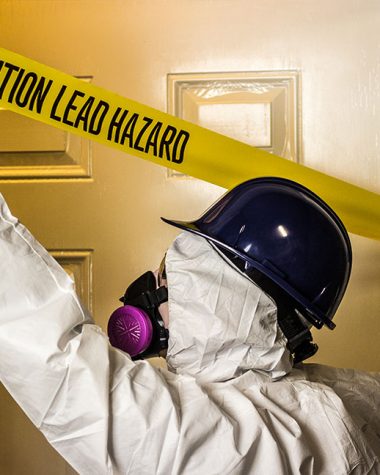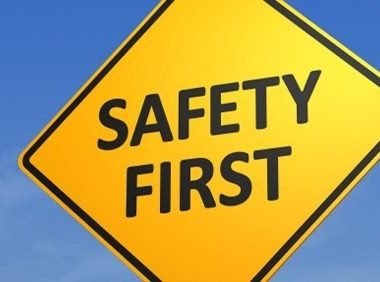Maintaining a Safe Work Environment with Contractors
The importance of creating and maintaining a safe working environment cannot be overstated, particularly when dealing with contractors. Employers have a responsibility to provide a safe and secure workplace for their employees, and this responsibility extends to any contractor working on-site or in the premises. Failing to adhere to safety regulations and standards can put both the workers and the business at risk of serious consequences. Here are a few tips to help employers maintain a safe working environment when dealing with contractors.
Understand the Contractor’s Requirements
It is vital that business owners understand the requirements of their contractor before allowing them to enter their premises. This includes obtaining and understanding the contractor’s licenses and certifications, as well as any other legal documents they may need to work. Additionally, employers should ensure that their contractor has taken the appropriate safety precautions for their work, such as using the correct protective equipment and tools.
Provide a Proper On-Site Orientation
When the contractor arrives on-site, business owners should provide them with an orientation to the premises, walking them through the rules and regulations of the workplace. This is an opportunity to answer any questions the contractor may have about the safety protocols and procedures. Additionally, employers should take the opportunity to discuss any specific safety requirements or procedures related to the contractor’s role.
Communicate Expected Standards
It is important that employers communicate the expected standards of safety to their contractor in a clear and concise way. This includes reiterating the rules outlined in the orientation, as well as any additional safety measures that may be required. Additionally, employers should provide their contractor with contact details if they need to ask questions about the safety protocols.
Create a Team Culture
When employing a contractor, business owners must ensure that they are included in the team culture. Providing the contractor with the same training, resources, and support that permanent staff receive will help to create a sense of inclusivity. Additionally, it is important to ensure that the contractor’s voice is heard in the workplace, and that they feel comfortable participating in the team environment.
Implement Necessary Equipment and Resources
It is essential that the contractor has access to the appropriate equipment and resources to perform their job in a safe and secure manner. This includes, but is not limited to, any tools or protective gear needed to complete their duties. Additionally, employers should ensure that the contractor has access to first aid supplies in case of an emergency.
Non-Compliance Must be Addressed
If a contractor is not following the safety protocols or procedures outlined by the employer, it is essential that the issue is addressed. Business owners should communicate the breach and the expected standard of conduct to the contractor in a timely manner. Additionally, employers should document the breach in case of any future disciplinary action.
Supervise and Monitor the Work
The contractors should be closely monitored and supervised during their time on-site. This allows employers to ensure that the contractor is following the safety protocols and procedures as outlined. Additionally, monitoring the work provides an opportunity to identify any potential hazards and address them in a timely manner.
Conduct a Risk Assessment
Business owners must conduct a risk assessment before allowing any contractors on-site. This will enable them to identify and address any potential safety issues that may arise. Additionally, this will allow employers to properly plan and implement any necessary safety measures, such as providing the contractor with the correct protective gear or specific safety procedures.
Host Regular Meetings
Regular meetings between the employer and contractor can help to ensure that both parties are on the same page in regards to safety. Employers can use these meetings to check in with the contractor and discuss any potential issues or concerns that may arise. Additionally, these meetings provide an opportunity to provide feedback and constructive criticism to the contractor.
Have an Emergency Plan in Place
It is vitally important that employers have an emergency plan in place in case of any accidents or incidents. The plan should include emergency contacts, specific safety protocols, and any necessary evacuation procedures. Additionally, all staff and contractors should be trained in the emergency protocol in order to best prepare to respond to any potential incidents.
Conclusion
Maintaining a safe working environment is essential for both employers and contractors alike. Employers have the responsibility to ensure their staff and contractors are working in a safe and secure environment. By following the above tips, employers can help to create and maintain a safe working environment, allowing both their employees and contractors to work with peace of mind.
To summarise, here are 10 tips to maintain a safe work environment with contractors:
- Understand the contractor’s requirements.
- Provide a proper on-site orientation.
- Communicate expected standards.
- Create a team culture.
- Implement necessary equipment and resources.
- Non-compliance must be addressed.
- Supervise and monitor the work.
- Conduct a risk assessment.
- Host regular meetings.
- Have an emergency plan in place.
By following these tips, employers will be better equipped to ensure a safe and secure working environment for all those involved in the project. The importance of Maintaining a Safe Work Environment with Contractors cannot be overlooked, and following these steps should help to ensure the utmost safety and security for everyone involved.
What measures can be taken to ensure contractor safety during on-site operations?
1. Ensure that contractor personnel have received a safety orientation and are familiar with the facilities, hazards, and company safety policies.
2. Provide contractor personnel with safety equipment, training, and access to safety information.
3. Conduct safety audits and inspections of contractor operations, materials, and equipment.
4. Develop and adhere to safe work practices and procedures that all contractors are expected to follow.
5. Utilize job hazard analysis to identify and control hazards associated with the work.
6. Ensure that there is a safe environment in which to work.
7. Provide an effective system for communicating safety and health information.
8. Provide prompt medical attention for injured personnel.
9. Encourage contractors to have their own health and safety plans appropriate to their work.
10. Establish a process to verify subcontractors’ health and safety performance.
What is the role of contractors in ensuring safety during on-site operations?
Contractors play an essential role in ensuring safety during on-site operations. Contractors should be aware of the potential hazards and risks, and any safety standards they must meet. Additionally, contractors should take the time to ensure that their employees are adequately trained in safety procedures and that the proper safety equipment is available to workers. Contractors should also carry out regular safety inspections of the work site to ensure that safety standards are being met. Finally, they should ensure that appropriate safety signage and warning systems are used to alert workers of potential hazards.
What types of safety regulations do contractors have to follow during on-site operations?
1. Wear appropriate safety equipment such as hard hats, safety goggles, and protective clothing.
2. Follow safety instructions given by the site supervisor.
3. Use safety equipment such as scaffolding, ladders, and guardrails in accordance with local and national safety codes.
4. Regularly inspect sites and equipment to ensure safe operations and compliance with safety regulations.
5. Ensure that all safety devices are kept in proper working condition.
6. Control the amount of combustible materials on site.
7. Provide and maintain appropriate access and egress pathways.
8. Dispose of all hazardous materials in accordance with federal and local regulations.
9. Report all potential hazards immediately.
10. Provide instruction to all workers on the use of safety equipment and proper safety procedures.

